Wood has been used by people for millennia for many purposes, from building houses to making furniture and art objects. One property that has equally attracted the interest of engineers, designers and artists is its ability to be shaped into forms that to some seem impossible or images created by artificial intelligence. It is the plasticity of wood, which is the ability of wood to retain its shape after deformation without cracking or breaking the grain. This property produces curved wooden elements used in the manufacture of furniture, musical instruments, decorative objects or artistic works. Why and how solid wood can be bent, and which species can best withstand bending treatments, is described below.
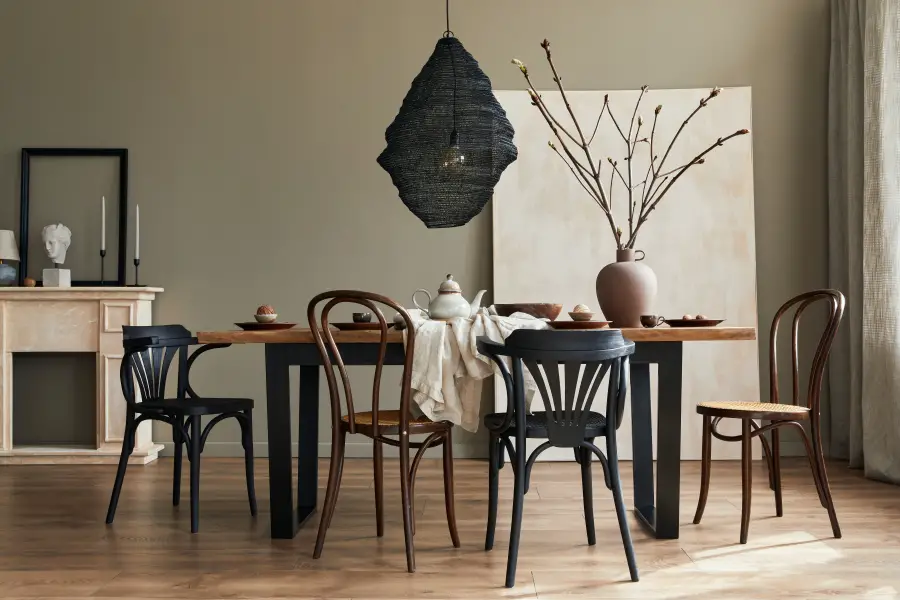
Wood bending has been known since ancient times
Evidence of wood bending goes far back in history, with the ancient Egyptians, Amerindians and Vikings 'competing' for the top spot in making various objects from bent wood. Some say that the Egyptians were the first to use curved items to make battle chariots and boats. Others claim that Native Americans used bentwood to make snow rockets or carry weights. The Vikings are thought to have been the first to bend wood to make their famous ships, which are believed to have discovered America long before Columbus. Regardless of who was first, all agree that wood could be shaped after being repeatedly doused with boiling water or even boiled in water if the dimensions allowed.
But it was Michael Thonet who revolutionised the process of bending wood. In 1836 he patented the method whereby solid wood elements are kept in special containers in steam for 5 hours, then in a very short time they are shaped in moulds and left to cool. This is how the first chairs were made from curved round solid wood elements. Thonet was also the first to introduce the concept of disassembling furniture, a concept that brought down the price of transport. As a result, the price of furniture fell and became much more affordable. In fact, the best-selling piece of furniture of all time is a Thonet chair - Chair no.14 - published in 1930, said to have sold over 50 million copies to date.
Elasticity or plasticity?
We are tempted to think that elasticity is the property that makes solid wood bendable. Only elastic wood can take on those round shapes without cracking or breaking. But elasticity is the ability of wood to return to its original shape after the force acting on it ceases. Or the bent wood remains that way after the treatment it has been subjected to has ceased.
The property that allows wood to remain curved is plasticity and refers to its ability to undergo permanent deformation without breaking or losing strength. Plasticity is the property of materials to maintain their shape and dimensions obtained by the action of external forces even after these forces have ceased. So it is the inverse of elasticity. Normally, the natural plasticity of wood is reduced and decreases further the older the tree is. But with special treatments, wood can become much more plastic. As wood is not a uniform material, its plasticity is not and does not vary equally. It depends on the species, the age of the tree, growth defects, the part of the tree from which the wood comes, the way it is cut, etc.
Obtaining curved solid wood is actually a combination of its elasticity and plasticity. It doesn't seem very possible given that plasticity is the inverse of elasticity. In this case, however, the properties do not cancel each other out but complement each other. It is elasticity that allows the wood to be deformed as boldly as possible without affecting the integrity and strength of the element, while plasticity allows the wood to retain its new shape. It is not a natural phenomenon, however, but an entire technological process. It involves a treatment to increase the elasticity of the wood and a mould to keep it immobile from the time the treatment stops until the temperature and humidity return to normal.
Wood bending methods
The earliest method by which wood could be bent was repeated treatment with boiling water. This is how ships were built in the past. If smaller items were used, they were boiled directly in water until they were easy to bend. Once they had become pliable, the elements were placed in a mould or bent into a desired shape (in the case of the large beams used in ships) and immobilised until they had cooled completely.
Steam is the best known and most widely used method of bending wood. It involves heating the wood with steam so that it becomes easy to shape. The process is carried out in a specially constructed enclosure to keep the wood in a high temperature, steam and humidity environment. This is because, from 99°C onwards, lignin (a component of the wood cell along with cellulose and hemicelluloses and responsible for the stiffness of the wood) loses its rigidity and allows the wood to bend without significant strength. The wood remains in this enclosure for a certain time, depending on the thickness of the piece and the species. Some sources say that it takes one hour for every 25 mm thickness of the item. After removal from the steam enclosure, the piece of wood should immediately be placed in a mould and clamped. After cooling and drying the wood the piece will remain in the shape given by the template.
The method can be used both industrially and in small or DIY projects. The difference is made by the type of enclosure, the moulds used and the ease of working. Those proposing a project involving curved elements will find here an easy way to steam them.
Hot pressing is another bending method that involves heating the wood to high temperatures and shaping it under pressure. During the process, the wood is exposed to heat and pressure, which allows it to change shape into a specific matrix or form. The method is flexible and efficient, with pressing being achieved in a relatively short time.
Bending in high frequency currents (CIF) is also hot pressing, where the temperature is raised by exposing the wood to a high-frequency electromagnetic field that heats the wood quickly and evenly. Hot pressing in CIF has the advantage of very short bending time (up to 2 minutes) and uniform heat transfer within the piece. Both hot pressing methods are mainly used for the industrial production of moulded tackle.
Wood can also be bent by methods involving various interventions on it. Obtaining laminated beams (glulam) by parallel overlapping and gluing several layers of wood is one of them. Another is to partially cut the wood by removing parts of it and then gluing the remaining segments so that the face of the modelled object has a continuous grain. But these are methods that no longer depend on the elasticity and plasticity of the wood and can be applied to any species.
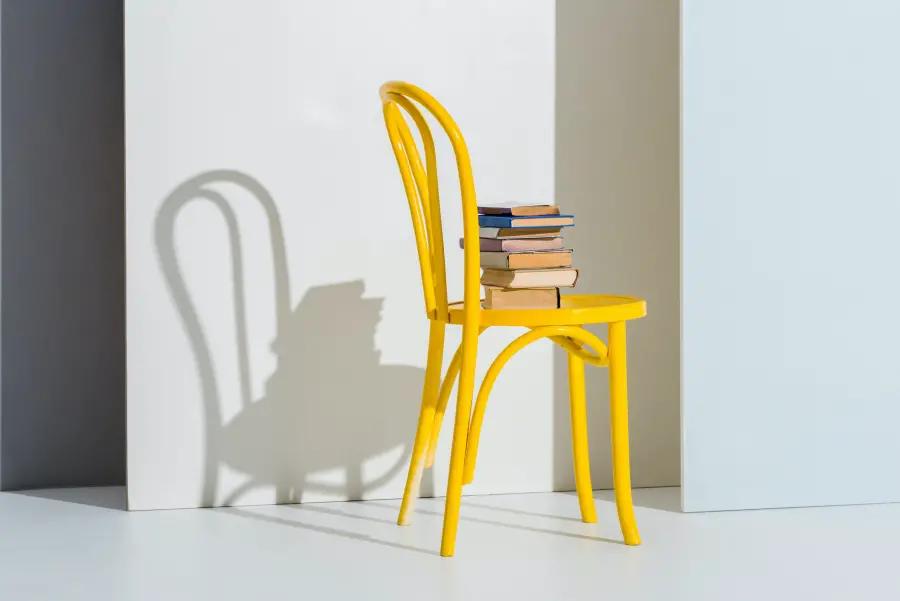
Wood species that bend well with temperature and humidity
Not all wood species have the same plastic deformation capacity. Some species are known for their superior flexibility and plasticity. Here are some of them:
Fagul is perhaps the species best known for its ability to bend wood. Thonet put his bending method into practice on such wood. The bentwood chairs that were made in the past in Romania in the Comanești factory or the one near Arad were made of beech. Its disadvantage is its very low resistance to moisture and environmental factors, which is why it cannot be used for outdoor projects.
It can be used however oak tree, another species that curves well and is hardy on the outside. Compared to beech it can be a little more difficult to bend, the rate of splitting being higher. Knots and irregular grain contribute to the risk of splitting.
Frasin is known for its flexibility and ease of bending. That's why it is used to make musical instruments and sporting goods (tennis rackets, for example). And ulmul is elastic and bends easily under steam.
There are sources that say that teak curves slightly, in the past it was used to make ships. It is a durable and plastic wood, and is often used for outdoor furniture.
In general, hardwood bends much better than softwood, younger wood bends better than older wood, bends in the longitudinal direction infinitely better than in the radial or tangential direction, straight-grained wood bends better than twisted or irregularly grained wood, knot-free and defect-free wood bends better than wood with growth defects.
I hope you find the above information useful. As usual, additions are welcome. And if you have any questions or queries, please leave them in the space below. I'm sure I'll reply.




















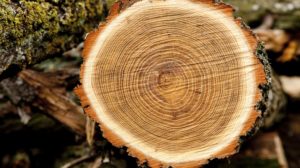
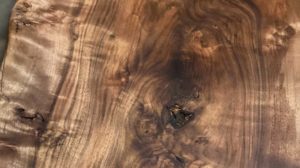


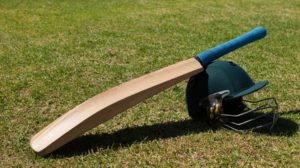
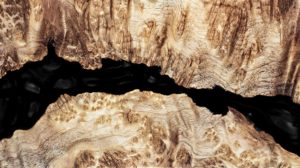
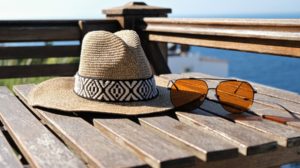



Add comment